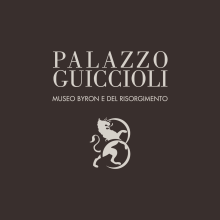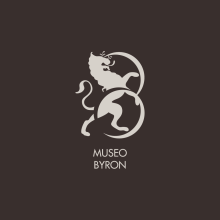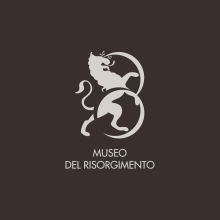Captured and evoked within Palazzo Guiccioli, nineteenth-century Ravenna allows for two intertwined themes to unfold in the repurposed museum spaces: the story of Byron and that of the Italian Risorgimento. Emphasizing events, characters, and stories through period images, poetic texts, and symbolic objects enriching the narrative, the museums enable visitors to delve into the nineteenth-century collective imagination reinterpreted through the lens of contemporary culture. Evocative and poetic, these museums of memory aim to create new knowledge and new experiences through open, multifaceted, and discontinuous narratives, exploring the intangible cultural languages of our time.
A noble residence in the historic heart of Ravenna is now a museum dedicated to the city in the nineteenth century. A place of memories, entirely devoted to telling the stories of women and men, literary events, political affairs, and social transformations that shaped the city during the century of Italy’s unification.
Dedicated to the British poet George Gordon, Lord Byron (1788–1824), the museum was created from the collection of Byron memorabilia gathered by Teresa Gamba during her entire life.
A museum that brings to life the feelings, emotions, historical reality, and the political and personal projects of the women and men who actively participated in the Risorgimento movement.





